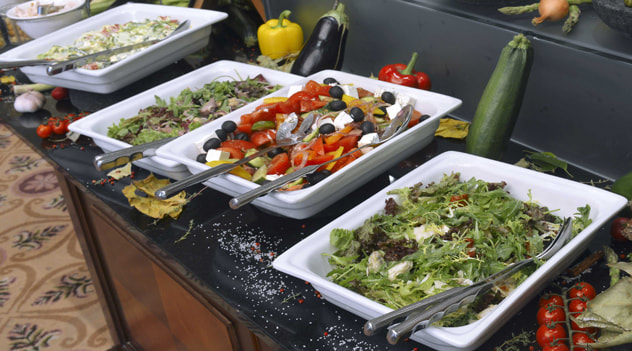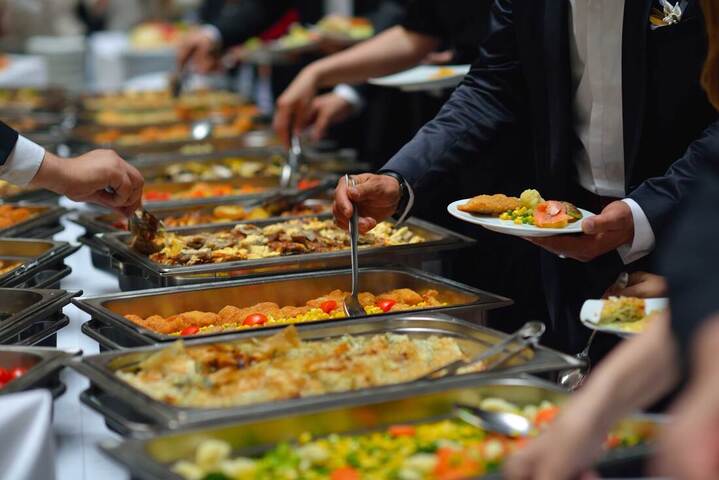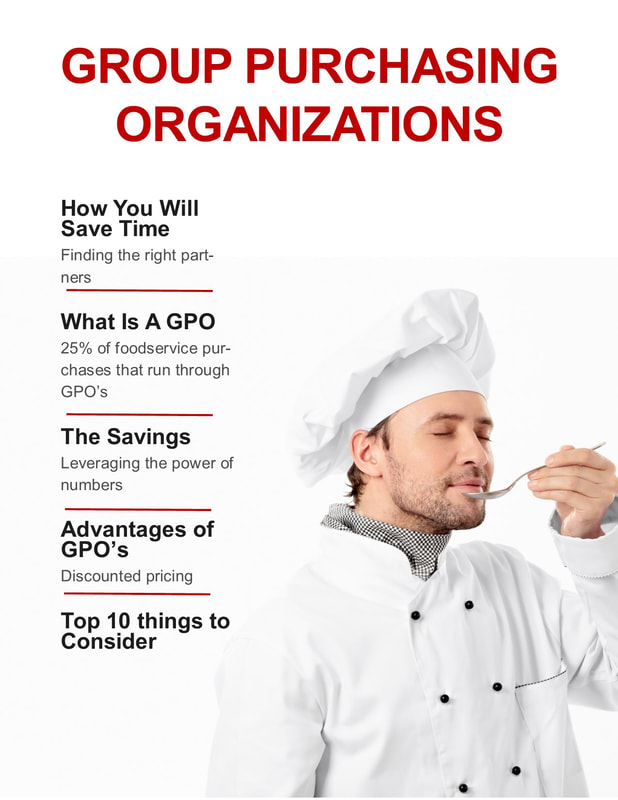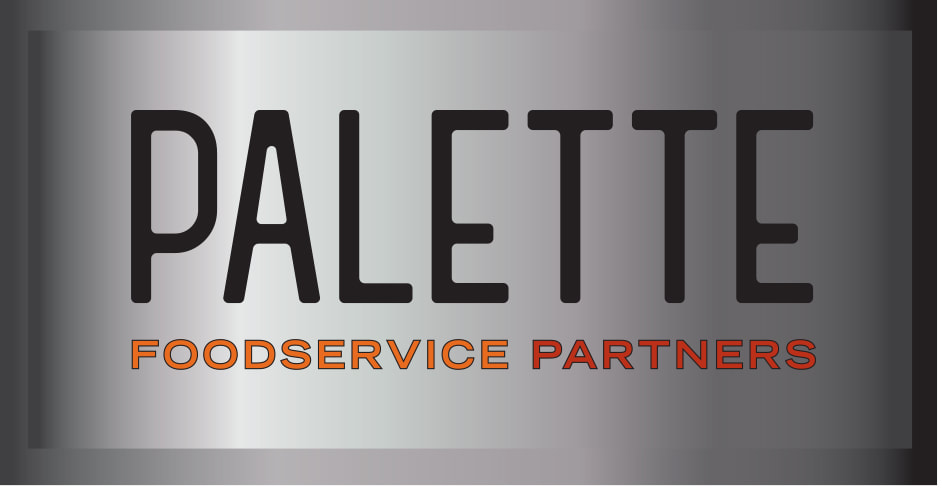|
The latest news that the U.S. is backing off on tariffs on goods from Mexico came as a welcome, if perhaps momentary, relief to restaurant operators — especially considering the billions of dollars in food imported to the U.S. from Mexico each year and the speed with which importing restrictions would hit consumers and foodservice operations. Last year, the U.S. imported $12 billion in just vegetables, fruit and nuts from Mexico, according to a CBS report — that comprises about half of all of the vegetables the U.S. imports each year and 40 percent of the fruit. But considering how quickly decisions can be reversed in the current administration and the volatile environment at the U.S.-Mexico border at the moment, the potential for tariffs in the future should motivate restaurant operators to better understand the flexibility of their supply chain and menu. Do you rely on a product whose source could dry up in a matter of weeks? (If you serve avocados, you do: The president of Mission Produce, the largest grower and distributor of avocados worldwide, told Reuters that if imports from Mexico were halted, the U.S. would run out of avocados in just three weeks.) Right now, though, there’s a window of opportunity for restaurant operators to partner with their suppliers and look for alternative ingredients. What menu items can remain on your menu with easily substituted ingredients? Where will you likely need to swap out one item for a replacement? Having backup recipes waiting in the wings can help you prevent any hiccups in the global supply chain from interrupting your sales momentum.
The love-hate relationship between restaurants and third-party delivery providers continues to show some cracks. As of this writing, there had just been a hearing in New York to hash out differences regarding the fees that third-party vendors charge restaurants for their services, which tend to range from 12 to 30 percent of each check total, according to the AP. In the meantime, some restaurants have alleged that the charges from third-party delivery companies aren’t stopping there. A class-action lawsuit filed in Pennsylvania in May claimed that Grubhub was charging for calls to restaurants that were made through the Grubhub app even if the call did not result in an order. (For example, a New York Post report said calls for reservations and customer complaints were being charged.) And there’s yet another wrinkle: A new report in New Food Economy found that Grubhub had purchased more than 23,000 potential restaurant website domain names, which would enable the company to prevent the restaurants from using those domains (without Grubhub’s involvement, anyway) to support their businesses. The sites appear to be for the restaurant in question but phone numbers shown on them direct users to Grubhub and then are forwarded (and charged) to the restaurant. Grubhub then receives a commission between 3 and 15 percent per order placed this way. For its part, Grubhub told New Food Economy that it purchased the sites to give restaurants an additional source of restaurant orders and that any affected restaurants could request to have their domains transferred to them. Regardless of the outcome, at a time when delivery has become compulsory for restaurants, restaurant operators would be wise to screen their contracts carefully — and to consider the future of their web presence. Third-party delivery vendors can help smaller brands compete with larger ones that have the resources to manage their delivery in-house but it’s important to understand where the costs may outweigh the benefits.
Between rising labor costs and falling traffic, there is no shortage of factors squeezing restaurant profits right now. Raising prices to meet margins is one option, but how much are your guests willing to pay before they take their business elsewhere? And what if sales shortfalls are simply due to shifting trends — or your competitor across the street offering a similar product for less? If you use data analytics to manage your food costs, you can uncover helpful information about your inventory. Since your inventory likely eats up 25 to 35 percent of your operating budget, it’s a good place to find lurking costs that can be minimized so you can better manage your spending. To identify opportunities, look at your supply chain and product mix. Do you know how many times your product changes hands and how prices shift with each transition? If you’re looking for help with this and much more, ask about Team Four’s Palette program. We can assess your supply chain, purchases and product mix and then recommend action steps that will help you lower food costs without sacrificing your quality standards. That might involve substituting quality products that still reduce food costs, or identifying trend changes, purchases that aren’t in line with your product specifications, or pricing that doesn’t reflect current trends. Learn more at www.palettefoodservice.com
Running events at your restaurant can help you generate a reliable stream of income, especially if a shift to more off-premise sales has taken a bite out of your in-house dining sales. But according to the latest Meeting Room of the Future Report from the International Association of Conference Centers (IACC), facilities that host corporate events are lagging when it comes to reducing food waste and being mindful of the environment — and there is a significant opportunity for those who have a thoughtful strategy. First off, the times of a buffet line overflowing with food have passed: In the report, which polled 250 meeting planners around the world, 60 percent of respondents said they consider how well a venue manages food waste before they book an event with that venue. Further, 44 percent of respondents said that in the next five years, ethical operations and sustainable practices will be more important when booking a venue — the only factor ranked more highly was access to interactive technology. To put your best foot forward when working with people who are booking corporate events, take steps now to integrate more in-season foods on your events menu and to buy them in bulk, research and partner with producers who follow sustainable practices, ask about nearby services available to compost/recycle both food and packaging (if you don’t ask, you won’t necessarily hear about them), train your staff to speak knowledgeably about your efforts so your values come through to meeting planners and potential guests, and weave your sustainable practices into your marketing materials. They’re as much of a selling point as your menu.
You should be — even though it can feel like a big responsibility to never take a break from recruiting. As Allfoodbusiness.com reports, always being ready to hire a strong candidate who walks through the door can inject your team with new enthusiasm, help sharpen their skills and generate a healthy sense of competition. After all, if you have a capable new person on board who is eager to learn and do well, it’s easier to let a mediocre performer go. Not having the right opportunity available for a strong candidate should not stand in the way of hiring that person. If you don’t have anyone that needs to be removed from your team at the time, you can work the new person in for a few hours a week at first, make small decreases in the hours of several employees to make up for the extra labor, adjust responsibilities across the team, use the extra labor to address pain points you haven’t had the capacity to tackle before, or even just accept that you will overspend on labor for a pay period or two (because that can change at any time). Even if you feel you have sufficient staff to carry you right now, anticipate turnover. It’s better to be in a position of having an additional capable team member on hand than of being short-staffed and unable to serve guests well.
Restaurant operators know it’s important to offer off-premise dining. But what isn’t always clear is how to get your restaurant to the front of the pack. At the recent National Restaurant Association Marketing Executive Group’s annual conference, representatives from such brands as Kitchen United, Technomic, Le Pain Quotidien and Dunkin’ gathered to share their insights about how operators can stand out among the competition in the delivery space. First, put yourself in your delivery drivers’ shoes — or better yet, drive around with them for a shift to observe their experience with other restaurants. Note which brands make it easiest (or even most pleasant) for drivers to collect orders, whether that be via providing separate parking spaces, pick-up windows or shelves, or offering reliably friendly treatment from your staff or a free soda to go. Then note what sort of service those best-performing restaurants get in return (e.g. having their orders picked up fastest or delivered first). That said, make sure you label orders with a stamp detailing the time the order was complete and ready to go — if food arrives late, it can help you and the customer understand who is responsible. Next, offer ordering incentives that will help lift check totals without too much effort on the customer’s part. Offer a free appetizer for a customer ordering food for $25 or more, for example. Finally, pay attention to the factors that boost your delivery numbers. Is there rain in the forecast? At Dunkin’, that means sending out a marketing offer to local customers or posting a promotion on Facebook to help bolster delivery orders.
Restaurants and movie theaters, sports bars and memorabilia shops, cafés and bookstores…Restaurants can seem like natural partners for a wide range of businesses. The promotions you offer through these sorts of partnerships help you attract new customers and streams of revenue. Or do they? It depends on how well the partners suit each other and how well they develop their strategy. A recent Fast Company report advises business owners use several criteria to determine whether another business passes the partnership litmus test. First, focus on your core challenge or goal. Your best partnerships will help you address it, whether it’s tapping into a new market or gaining insights from a tech-savvy business. Then consider how your restaurant’s values mesh with those of the other business —having a shared vision with help you avoid problems down the line. When you map out your strategy for the partnership, make sure both parties understand the other’s goals and try to anticipate potential pitfalls such as increased costs or slower decision making (and how you’ll manage them). If you’re new to this, begin by looking for partners within your own industry who offer products that complement yours — you’re likely to gain the most from these partnerships, whether in insights or other potential partnership opportunities. Finally, consider partnering on a smaller event together before diving into a larger promotion. It will help you understand the other business’s strengths, weaknesses, and communication and working styles before you have made a more significant commitment to working together.
As you contemplate ways to boost your restaurant’s bottom line, don’t forget about small changes you can make to your equipment that can generate significant savings in the long term. For example, is there room to reduce your restaurant’s water and power consumption? As QSR Magazine reports, the U.S. Energy Star program can help you identify energy-efficient equipment ranging from small ice machines and coffee markers to large commercial ovens. Or start with even smaller changes. Swap out incandescent light bulbs for LED or CFL bulbs, or update pre-rinse spray valves or use low-pressure sinks and dishwashers to reduce the wastewater your facility generates.
Last year, restaurant catering grew 50 percent faster than the industry as a whole, according to research from Technomic and ezCater. At a time when restaurants are scrambling to meet consumer demand for off-premise dining despite the challenge of making delivery profitable, focusing on catering can be a wise business move for foodservice operations. (If you need a rule of thumb for catering profitability, Sandy Korem of The Festive Kitchen in Dallas aims for 67 percent profit from catering and prices food at three times its cost and beverages for twice their cost.) As grocery stores and other businesses eat into the off-premise dining market for individual meals, catering can help you set your business apart. If you haven’t given significant thought or investment to your catering business, you’re not alone: The research cited above found that even though 90 percent of restaurant operators believe catering is somewhat or very important to business, only 28 percent have made a strategic investment in it. Restaurant Nuts offered some tips from operators who have made catering pay off. First, develop a catering-friendly menu that comprises your greatest hits (not new recipes) that travel well or can be started at the restaurant, then easily completed onsite. Make pricing easy for customers by creating sample menus of entrées and appetizers at different price points, and when discussing options with a customer, have an idea of what different prices per head will provide. Make sure you have temperature-stable containers, along with other equipment that holds your food at the proper temperature while in transit. Start with small, manageably spaced events and then expand from there so you can build a reputation for reliability and quality — low prices tend to be less of a priority for catering customers. Finally, make sure you offer a catering-specific loyalty program to entice people to invite you back.
|
Subscribe to our newsletterArchives
April 2024
Categories
All
|













 RSS Feed
RSS Feed